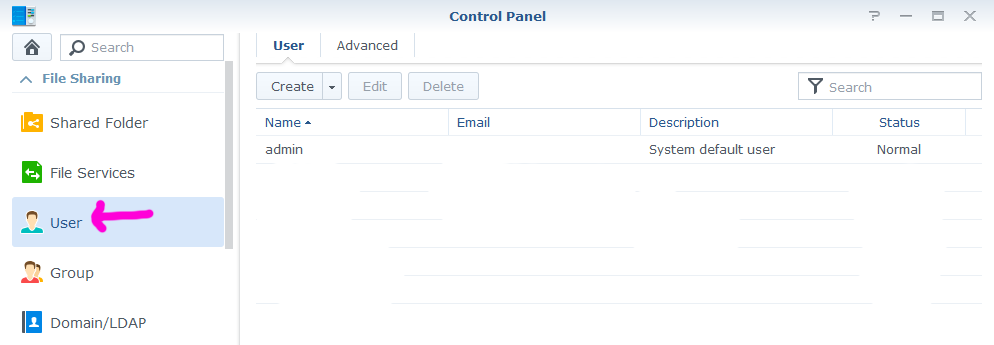

It’s also really important to note that all of your private keys are stored in the same place: in ~/.ssh/ on your computer, you can use TrueCrypt to create a secure, encrypted container, then create symlinks in your ~/.ssh/ directory. That way, if one of your private keys get caught somehow, then you’ll only compromise one account on one remote computer. It’s best to create new key pairs for every computer and account you want to link.
#Ssh copy to nas how to#
(For more information, take a look at How To Recover After Your Email Password Is Compromised) Similarly, your private key file is also super-secret and important. If someone finds your password, and you use the same password for all of your accounts, then they now have access to all of those accounts. In this way, you’re not really sacrificing security, but you’re also not harassed for passwords all the time. Once you log out of your computer (not the remote one) or close your terminal window, then you’ll have to enter it again. That means that the first time you SSH/SCP, you’ll need to enter your password, but all subsequent actions won’t require it. Once you enter your passphrase once, you won’t be asked again for it until you close your session. Now, when you connect over SSH or use SCP, you’ll need the proper private key file as well as the proper passphrase. Follow the steps above, but enter a strong passphrase. You can combine a password with key files. If someone has your private key file, then security is lost to any computer that has the matching pubic key, but they need access to your computer to get it. If someone has knows your password, your security goes out of the window. It’s actually pretty similar in theory to using your password. RSA is pretty secure and uses a 2048 bit-length by default. This private key ONLY matches with that ONE public key, and the connection needs to be started from the computer that has the private key. The private key that’s generated is stored on the computer you’re using, and it is never transferred, not even to be verified. RELATED: What Is a PEM File and How Do You Use It? Security Considerations This means that if you wanted to add another public key for your account on this server, you would copy the contents of the second id_rsa.pub file into a new line on the existing authorized_keys2 file. Subsequent public keys can be appended to this file, much like the ~/.ssh/known_hosts file. The destination for your public key is on the remote server, in the following file: The next step is to copy the public key file to your remote computer.

Hit Enter to leave this blank, then do it again when it asks for confirmation. Next, you’ll be asked to enter a passphrase. You can hit Enter to use the above-mentioned defaults. google ff op docker synology nzbget en dan zie je een aantal complete walkthrus 21 per month The installation process is exactly the same as it is for a default. After entering the command, you’ll be asked where to save the key.


 0 kommentar(er)
0 kommentar(er)
